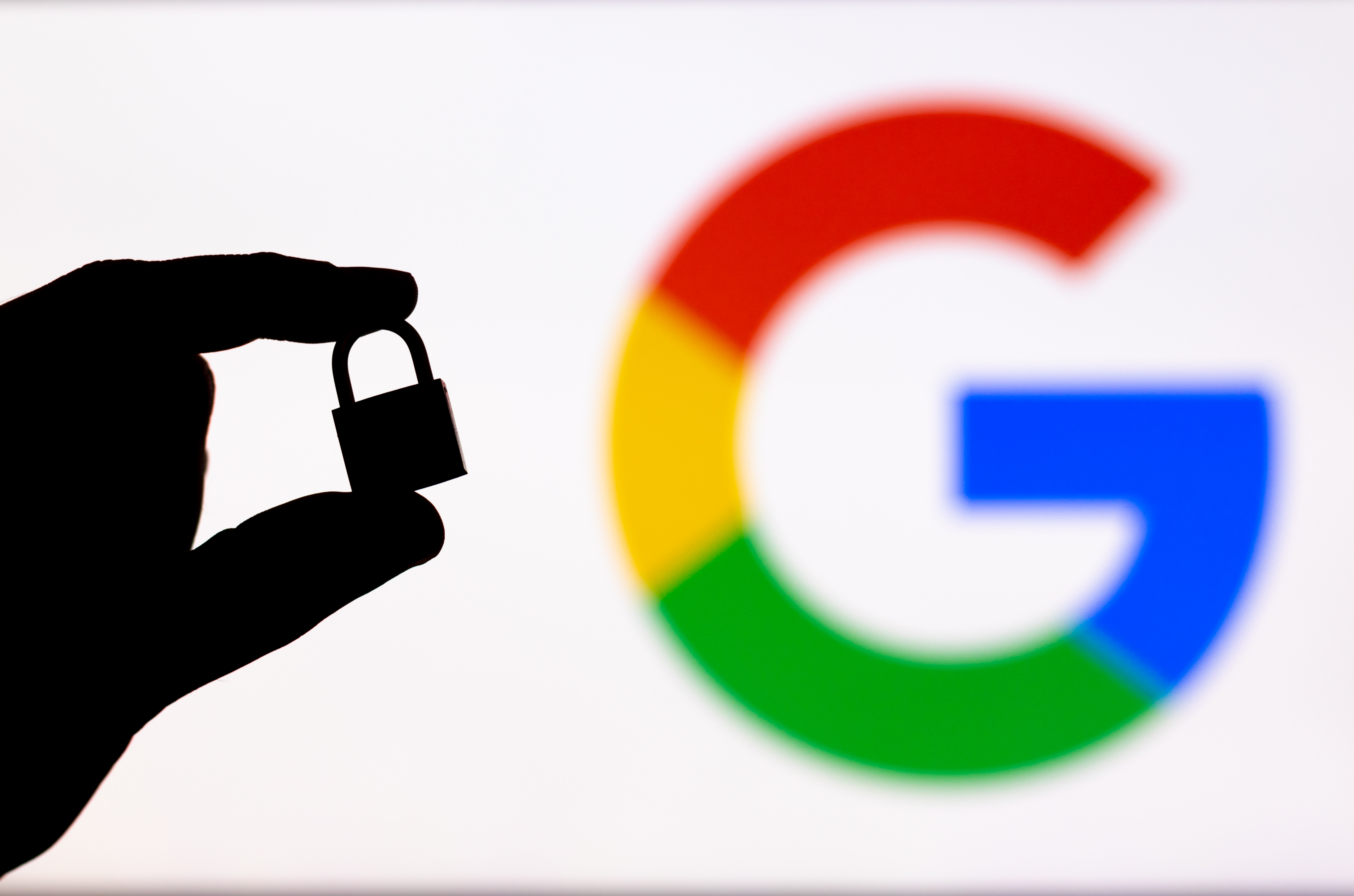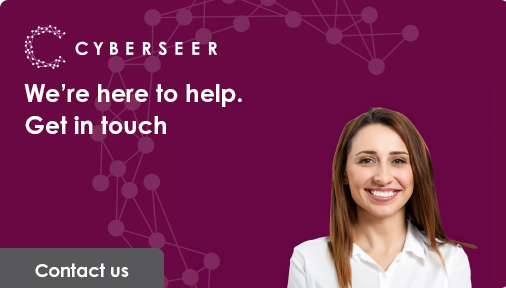Google recently introduced Google Unified Security, a rebrand and evolution of its security portfolio. While the name may be new, many of the components are not. For those of us who’ve followed Google’s trajectory in the cybersecurity space, this isn’t a sudden pivot – it’s the logical next step.
So, what’s changed, what’s stayed the same, and why should overstretched SOC teams be paying attention?
From Disparate Tools to a Unified Experience
Let’s start with the big picture: Google hasn’t launched an entirely new set of products. Instead, it has brought together its powerful security tools – many already used by enterprise customers – and integrated them into a single, intelligent platform. The result is tighter workflows, better UI/UX, and smoother integrations across your security stack.
This consolidation makes Google’s offering more than just a toolbox – it’s now a connected, AI-powered security ecosystem. The move reflects Google’s ambition to provide a seamless experience for threat detection, investigation, and response. It also makes onboarding easier for SOC teams that have historically struggled with disjointed toolsets and alert fatigue.
Google Unified Security now encompasses:
-
- Google Security Operations (previously Chronicle)
- Mandiant threat intelligence and incident response
- VirusTotal
- Security Command Centre
- Chrome Enterprise security telemetry
Understanding Google’s Security Components
Google Security Operations (SecOps) serves as your central SIEM and SOAR platform, handling everything from log ingestion to case management. Think of it as mission control for your SOC – where alerts become investigations and investigations become responses.
VirusTotal houses the world’s largest malware database, scanning over 35 million samples daily. When your security tools need to know if a file is malicious, they’re probably checking VirusTotal’s intelligence.
Mandiant delivers threat intelligence straight from the frontlines. These are the experts who respond to major breaches, turning real-world attack patterns into actionable intelligence.
Google’s data advantage? Simple scale. They process more security telemetry than anyone else – from billions of Chrome browsers to enterprise cloud workloads. This gives them unmatched visibility into emerging threats and attack patterns.
The AI Advantage – But Not Just Hype
Google’s secret sauce? Its infrastructure and AI. Powered by Gemini in SecOps, Google now offers that works alongside your analysts to reduce workload and improve precision.
Key enhancements include:
-
- Natural language search for fast investigations
- AI-generated detection rules and case summaries
- Triage and malware analysis agents
- Risk-driven dashboards and automated playbooks.
This isn’t theoretical. Google’s SecOps platform enables sub-second search across petabytes and offers 12 months of hot data retention by default. It allows for faster investigation, surfacing up to 25x more results, and retains data 4x longer than some competitors. That’s why we’ve strategically partnered with Google: its unmatched search speed helps us accelerate detection and deliver industry-leading response times to our customers.
What Hasn’t Changed: Proven Tools That Still Deliver
While the name “Chronicle” has been retired, its core functionality lives on. Likewise, Siemplify as a standalone SOAR platform is gone, but its orchestration and automation capabilities are fully embedded in Google SecOps.
And then there’s Mandiant – one of the most respected names in threat intelligence. Still very much part of the offering, Mandiant’s expertise is integrated across the platform. This includes real-time intelligence on threat actors like APT29 (also known as Cozy Bear) and FIN7 (linked to criminal groups like Carbon Spider), available via curated detections and exposure testing tools.
VirusTotal remains your go-to for malware scanning and enrichment. And the Security Command Centre continues to provide compliance visibility and data security posture management – now including protection for AI training data and sensitive cloud assets.
Why This Matters for Overstretched SOC Teams
Security teams today face a perfect storm: expanding attack surfaces, increasing volumes of telemetry, and shrinking budgets. According to IBM’s 2024 Cost of a Data Breach report, the average time to identify and contain a breach is 277 days – and each day matters when reputation and compliance are on the line.
Google Unified Security helps by:
-
- Consolidating tools into one platform
- Reducing mean time to detect and respond
- Enabling proactive threat hunting with AI and intel
- Eliminating common SIEM limitations (like slow searches and siloed data).
And unlike legacy tools that struggle to scale, this solution is built on Google’s hyperscale infrastructure – giving you instant elasticity without the performance trade-offs.
“Thanks to Cyberseer, we have the power to deal with the live issues and significantly reduce the risk of cyber damage.
With this managed service we have increased confidence in our security.”
Head of Enterprise Architecture, MarkerStudy Insurance Group
What Cyberseer Adds
Even the most advanced tools need expert tuning, seamless integration, and around-the-clock monitoring. That’s where we come in.
As an early Google Managed Security Services Partner (MSSP) for Google in EMEA, Cyberseer brings deep experience and proven capability to the table.
“By automating repetitive tasks and enriching alerts with contextual threat data, we effectively identify and escalate priority threats to our analysts, reducing response times and minimising threat dwell time.”
Technical Director, Cyberseer
We deliver sub-1-minute acknowledgement times and 14-minute average response to critical alerts. Our services include managed integration, onboarding support, enrichment and escalation via our proprietary ASPECT platform and 24/7/365 monitoring by real human analysts – whether you manage 5 tools or 50.
We ran the first Google Security Masterclass in EMEA, with audiences comprising mid-sized organisations looking for clarity. Many attendees didn’t yet know the Google brand names – Chronicle, Mandiant, VirusTotal – but quickly saw the power of a unified solution driven by threat intelligence and automation.
Our message was simple: Google has the data. We help you turn it into action.
A Better Story for Security
Google Unified Security isn’t just a rebrand. It’s a strategic consolidation aimed at solving real-world pain points for SOC teams.
It combines:
- The world’s largest and most diverse security telemetry set
- Frontline-tested threat intelligence from Mandiant
- Integrated security tooling and automation
- And a user-centric, AI-powered experience
Backed by a trusted partner like Cyberseer, this solution becomes even more powerful, helping your team do more with less, respond faster, and stay ahead of the curve.
Book a discovery session with Cyberseer today to explore how Google Unified Security can streamline your SOC.











